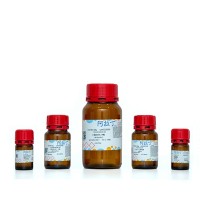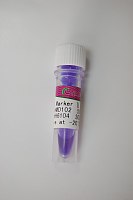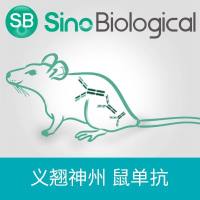ChIP and Re-ChIP Assays: Investigating Interactions Between Regulatory Proteins, Histone Modifications, and the DNA Sequences to Which They Bind
互联网
595
Chromatin immunoprecipitation (ChIP) assays were developed in order to comprehensively describe physiological interactions between DNA sequences, transcriptional regulators, and the modification status of associated chromatin. In ChIP assays, living cells are treated with chemical cross-linkers to covalently bind proteins to each other and to their DNA targets. Once cross-linked to associated proteins, chromatin is extracted and fragmented by sonication and protein–DNA complexes are isolated using specific antibodies against a target protein. The cross-links that bind proteins to DNA are then reversed, and purified DNA fragments are analyzed by qPCR to determine if a specific sequence is present. As DNA regulatory elements frequently rely on the interaction of multiple transcription factors and cofactors to regulate gene expression, Re-ChIP methods were developed to allow for the identification of multiple (concurrently binding) proteins on a single DNA sequence. Re-ChIP assays have enabled the analysis of multiple, simultaneous, posttranslational modifications to histones in order to determine the combinatorial pattern of modifications associated with transcriptional status of a gene. Together, ChIP and Re-ChIP have contributed to the elucidation of the epigenetic code-regulating gene expression and have enhanced our understanding of physiological binding of proteins to DNA targets. The protocols that follow describe general strategies used to perform ChIP and Re-ChIP assays for the study of specific protein–DNA interactions.









